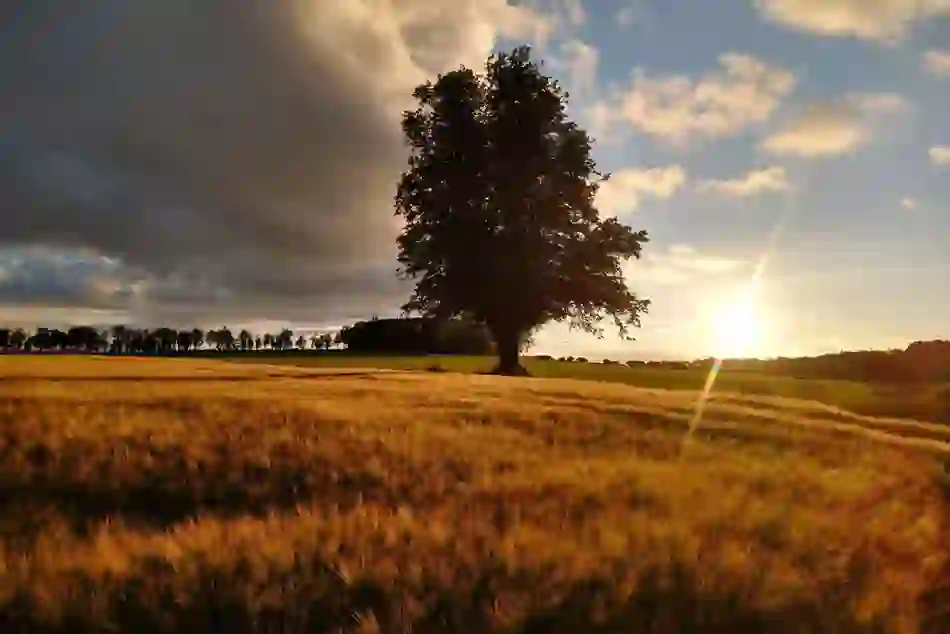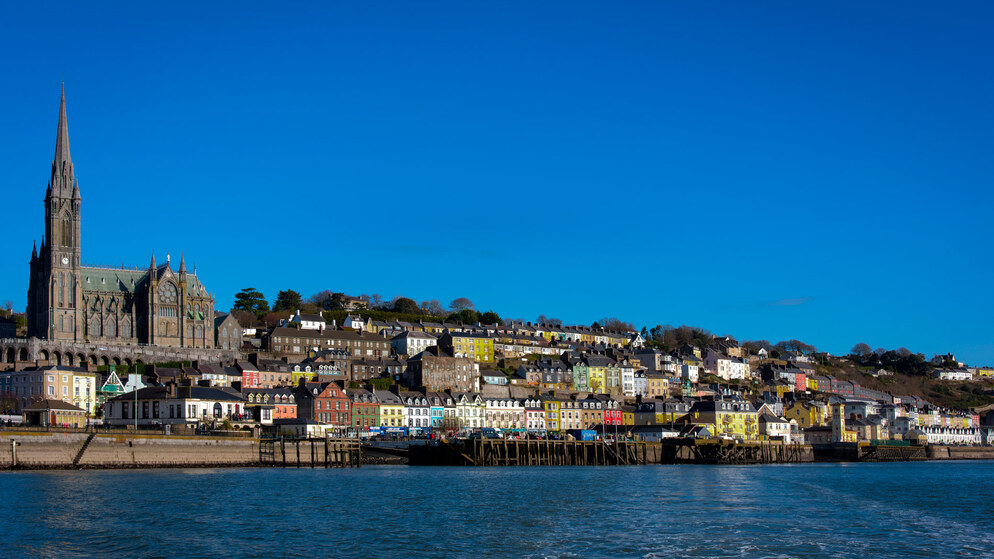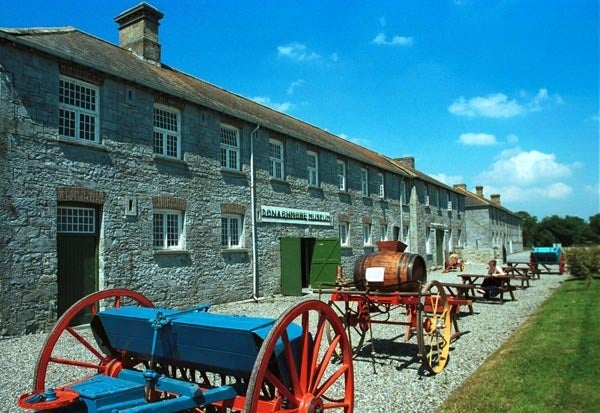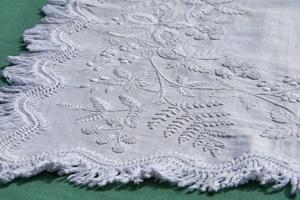

County Laois
Slieve Bloom, County Laois
Nestled in Ireland’s Ancient East, what County Laois lacks in coastline, it makes up for in history and culture with enchanting castles, ancient sites and plenty of hidden gems. And if it’s festivals you’re after, there’s no better place – Laois is a destination that likes to live it up, with great events from the quirky to the traditional.
County Laois
L-R: Emo Court; Glenbarrow; Slieve Bloom; Barrow Blueway
Two of Ireland’s longest rivers – the River Nore and the River Barrow – flow through the lush countryside of Laois.
The Barrow rises in the Slieve Bloom mountains – one of the oldest mountain ranges in Europe. A sprinkling of pretty towns and villages, a panorama of rolling green hills and a very slow pace of life makes this one of the most beautiful places to walk or cycle on the island of Ireland.
Get away from it all and delight in the landscape’s nooks and crannies, from the cascading Glenbarrow Waterfall to the 70-km long Slieve Bloom Way.


Rock of Dunamase, County Laois
One of the biggest highlights of County Laois is the Rock of Dunamase. First claimed as an early-Christian settlement, it later became an important fortress for Anglo-Norman invaders. Now in ruins, the rock was once part of the dowry of Aoife – the daughter of Diarmuid Mac Murrough, the King of Leinster – for her marriage to Norman conqueror Strongbow in 1170.
You’re free to explore the structures here, and once you reach the top, you’ll see why clans and warriors fought to control this fort with its jaw-dropping (for them, strategic) views of the surrounding countryside. These days, it’s perfect for admiring the sights of Laois, especially at sunset!
For something a little more modern, visit Emo Court. Nestled in the shadow of the Slieve Bloom Mountains, Emo Court is one of the largest country estates in Ireland. Commissioned by the 1st Earl of Portarlington in 1790, it was completed 80 years later in 1870!
It was built in the neo-classical style by architect James Gandon, who also designed Custom House and the Four Courts in Dublin. Today, the house has been expertly restored, and visitors can see its exhibits and displays to explore, as well as join a guided tour of the exquisite gardens.


Ballykilcavan Farm, County Laois
A tradition that has withstood the test of time is the annual Stradbally Stream Rally, organised by the Irish Steam Preservation Society. Held every August since 1966, the festival sees majestic steam machines oiled up and paraded before the crowds, as well as sheepdog trials and even lawnmower racing!
Farming is also a way of life for many of the locals here, with some farms stretching back generations in the family. Ballykilcavan Farm is one such family. They recently diversified into making its delicious award-winning beers. A tour of the brewery will highlight the brewing process as well as dive into the 380-year farming history on the site. There are some fascinating tales of Irish country life to discover here.
For an insight into what life was like for many in County Laois before, during and after the Great Famine, head to Donaghmore Famine Workhouse Museum. They offer guided and self-guided tours where you’ll learn about the families who lived and died in Donaghmore Workhouse as well as about workhouses in general across the island of Ireland. There’s also an Agricultural Collection here where historic artefacts donated by the community are on display.


Electric Picnic, County Laois
Ireland’s festivals
Jazz, arts, film, comedy, and opera… There’s a lot going on in Ireland’s Ancient East’s festival scene.
If steam trains and fly-fishing aren’t your thing, you can amp up the entertainment at Electric Picnic. What started as a boutique music and arts event in 2004 is now one of the biggest music festivals in Ireland.
It’s held every September in the grounds of 18th century Stradbally Hall, a 550-acre estate of natural woodland and rolling Irish countryside.
Expect an eclectic line-up from big names to emerging talent, great food, innovative artistic areas, comedy shows, teepees and family campsites.
Now, who can’t wait to visit County Laois?
More around Laois
Don't miss these things to see and do
















































































